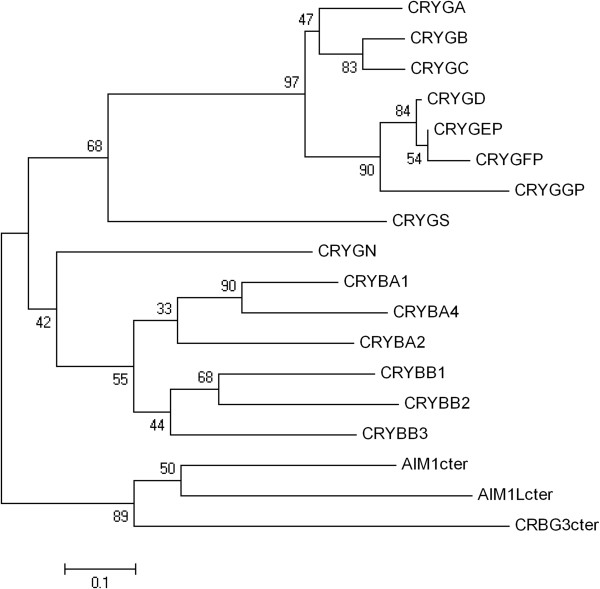MUISTA LUOJAASI NUORUUDESSASI,
Så tänk då på din Skapare i din ungdomstid
ENNENKUIN PAHAT PÄIVÄT TULEVAT,
förrän de onda dagarna komma
JA JOUTUVAT NE VUODET,JOISTA OLET SANOVA:
och de år nalkas, om vilka du ska säga:
"NÄMÄ EIVÄT MINUA MIELLYTÄ",
"Jag finner icke behag i dem";
ENNENKUIN PIMENEE AURINKO, PÄIVÄNVALO, KUU JA TÄHDET ,
ja, förren solen bliver förmörkad och dagsljuset och månen och stjärnorna;
JA PILVET PALAJAVAT SATEEN JÄLKEENKIN ---
före den ålder, då molne komma igen efter regnet,
JOLLOIN HUONEEN VARTIJAT VAPISEVAT
den tid,då väktarna i huset darra
JA VOIMAN MIEHET KÄYVÄT KOUKKUISIKSI
och de starka männen kröka sig;
JA JAUHAJANAISET OVAT JOUTILAINA,
då malerskorna sitta fåfänga
KUN OVAT MENNEET VÄHIIN,
så få som de nu hava blivit.
JA IKKUNOISTA KURKISTELIJAT JÄÄVÄT PIMEÄÄN,
och skåderskorna hava det mörkt i sina fönster;
JA KADULLE VIEVÄT OVAT SULKEUTUVAT
då dörrarna åt gatan stängas till,
JA MYLLYN ÄÄNI HEIKKENEE
mdan ljudet från kvarnen försvagas;
JA NOUSTAAN LINNUN LAULUUN,
då man står upp när fågeln begynner kvittra,
JA KAIKKI LAULUN TYTTÄRET HILJENTYVÄT,
och alla sångens tärnor sänka rösten;
MYÖS PELJÄTÄÄN MÄKIÄ,
Då man fruktar för var backe
JA TIELLÄ ON KAUHUJA,
och försckräckelser bo på vägarna;
JA MANTELIPUU KUKKII,
då mandelträdet blommar
JA HEINÄSIRKKA KULKEE KANKEASTI,
och gräshoppan släper sig fram
JA KAPRIISINNUPPU ON TEHOTON;
och kaprisknoppen bliver utan kraft,
SILLÄ IHMINEN MENEE IANKAIKKISEEN MAJAANSA
nu då människan skallfara till sin eviga boning
JA VALITTAJAT KIERTELEVÄT KADUILLA---
och gråtarna redan gå och vänta på gatan
ENNENKUIN HOPEALANKA KATKEAA
ja, förrän silversnoret ryckes bort
JA KULTAMALJA SÄRKYY
och den gyllene skålen släs sönder
JA VESIASTIA RIKKOUTUU LÄHTEELLÄ
och förran ämbaret vid källan krossas
JA AMMENNUSPYÖRÄ SÄRKYNEENÄ PUTOAA KAIVOON.
och hjulen slås sönder och faller i brunnen
JA TOMU PALAJAA MAAHAN,
och stoftet vänder åter till jorden,
NIINKUIN ON OLLUTKIN,
varifrån det har kommit
JA HENKI PALAJAA JUMALAN TYKÖ,
och stoftet vänder åter till Gud
JOKA SEN ON ANTANUTKIN.
som har givit den.
Srn. 12: 12-7,8.
---Kaikella on aikansa Srn. 3: 1, 19. 20.
Rakenne muistuttaa Kantelettaren Oli kerran Onni Manni-runoa, Onnimannista matikka.... jaksollista kiertoa. elämän myllyä. Sana turhuuksien turhuus ei välttämättä tarkoitta turhuuksia vaan jotain köyttä, jatkumoa, jaksoa, jaksojen toistumisen kierrettä, jossa ihmisyksilö hengellinen ihminen voi tehdä valintoja, mutta vaikka ei tee niin materian, aineen yleiskierto jatkuu. kautta ihmiskuntien. Henki kootaan Jumalan tykö.
Hengeelisen alueen kierrosta mainitaan Luoja-keskeisyys kuin Pyörä pyörässä rakenne Hesekiel ja tämä rakenne kulkee Jumalan Hengen vaikutuksesta
